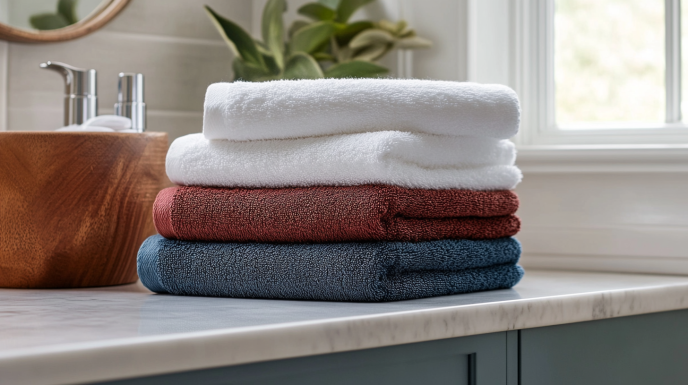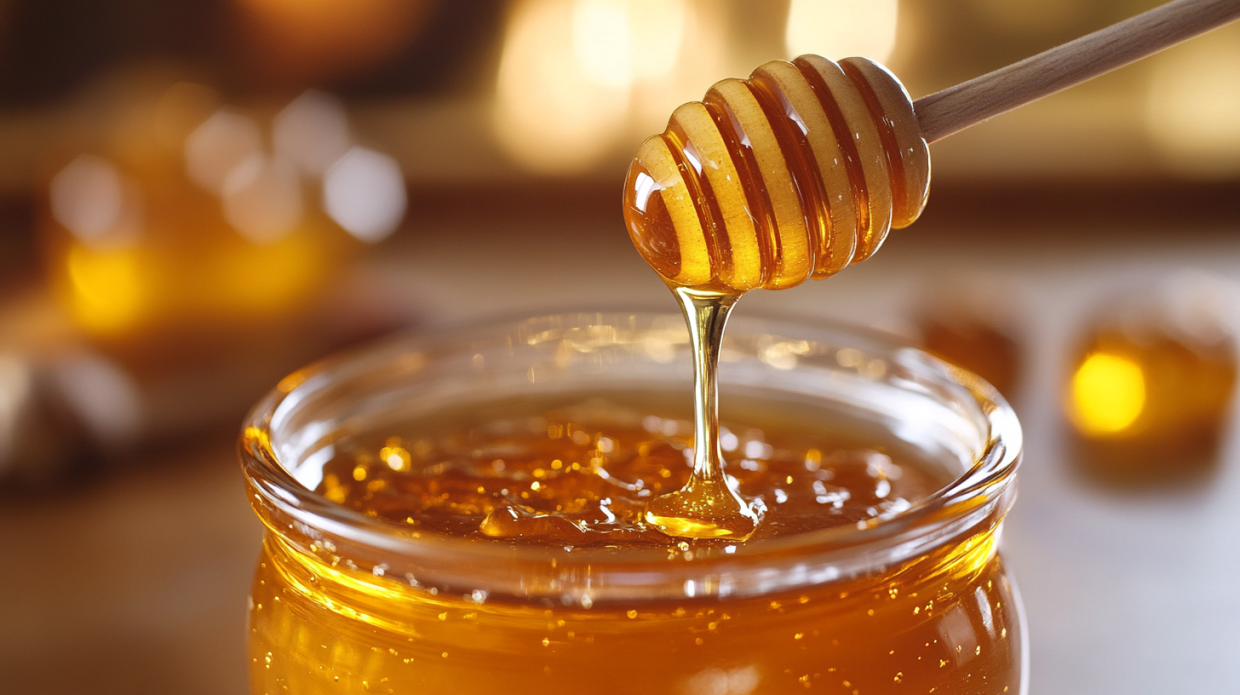
Kirkland Signature Chicken and Rice Cat Food 25 lbs.
- Super Premium Formula
- 25 lb Bag each
Decoding the Hidden Value Behind Costco’s Popular Feline Formula
In the vast landscape of pet nutrition, finding the perfect balance between quality and affordability can feel like searching for a needle in a haystack. As cat parents, we’re constantly bombarded with marketing claims, fancy packaging, and premium price tags—all promising optimal health for our feline companions. But what if I told you that one of the most reliable options might be hiding in plain sight at your local warehouse club? Today, I’m diving deep into Kirkland Signature cat food, the Costco brand that’s been quietly winning over cats and their budget-conscious humans alike.
Like many pet owners, I was initially skeptical. Could a store brand really compete with the premium options lining pet store shelves? After extensive research and conversations with fellow cat enthusiasts, I discovered there’s much more to this unassuming brand than meets the eye. So brew yourself a cup of coffee, get comfortable (perhaps with your cat purring in your lap), and join me as we explore everything you need to know about Kirkland cat food.
Who’s Really Behind Kirkland Cat Food?
The first question many pet parents ask is about the manufacturer. After all, we want to know who’s actually formulating and producing the food we give our beloved companions. While Costco’s Kirkland Signature label appears on the packaging, they don’t actually manufacture the food themselves.
Kirkland Signature cat food is produced by Diamond Pet Foods, a well-established pet food manufacturer that’s been in business since 1970. Diamond produces food for several well-regarded pet food brands, including Taste of the Wild and their own Diamond Naturals line. They operate multiple manufacturing facilities across the United States, which brings us to an important point: Kirkland cat food is indeed made in the USA, specifically in Diamond’s facilities in California, Missouri, and South Carolina.
This manufacturing relationship explains a lot about why Kirkland can offer quality ingredients at a lower price point—they’re leveraging Diamond’s established manufacturing capabilities and supply chains while eliminating the marketing overhead that drives up costs for many premium brands.
Breaking Down the Ingredient List: What’s Actually in the Bag?
When it comes to pet nutrition, ingredient quality is paramount. I’ve spent hours poring over Kirkland’s ingredient lists, and I’ve been pleasantly surprised by what I’ve found. Let’s examine the dry food options first.
The Kirkland Signature Maintenance Cat Formula (their standard adult cat formula) leads with real meat as the first ingredient—typically chicken or turkey. Following the protein source, you’ll find whole grains like ground brown rice and cracked pearled barley. These ingredients provide digestible carbohydrates and essential fiber.
The formula also includes:
- Chicken meal and egg product (concentrated sources of protein)
- Chicken fat (preserved with mixed tocopherols, a natural preservative)
- Natural flavor
- Potassium chloride
- Choline chloride
- Taurine (an essential amino acid for cats)
- Various vitamins and minerals
- Probiotics for digestive health
For those wondering about artificial preservatives, here’s the good news: Kirkland cat food does not contain artificial preservatives like BHA, BHT, or ethoxyquin. Instead, they use mixed tocopherols (a form of vitamin E) as a natural preservative.
But what about grain-free options? Contrary to popular belief, Kirkland does offer a grain-free formula called “Kirkland Signature Nature’s Domain.” This formula replaces the grains with alternative carbohydrate sources like sweet potatoes and peas. However, it’s worth noting that in 2019, the FDA raised concerns about a potential link between grain-free diets and dilated cardiomyopathy (DCM) in pets. The investigation is ongoing, and no definitive conclusions have been reached, but it’s something to be aware of when considering grain-free options.
Nutritional Profile: What Are You Getting in Each Cup?
Understanding the nutritional content of your cat’s food is crucial for maintaining their health. Kirkland Signature Maintenance Cat Formula typically provides:
- Protein: 30-32% (well above the AAFCO minimum requirement of 26% for adult cats)
- Fat: 20% (providing essential fatty acids and energy)
- Fiber: 3-4% (supporting digestive health)
- Moisture: 10% (typical for dry cat food)
- Taurine: Supplemented to meet feline requirements
- Omega-3 and Omega-6 fatty acids: For skin and coat health
The protein content in Kirkland cat food is particularly impressive, especially considering the price point. At 30-32%, it’s comparable to many premium brands that cost significantly more. This protein primarily comes from animal sources, which is ideal for our obligate carnivore feline friends.
The formula is designed to meet AAFCO (Association of American Feed Control Officials) nutritional standards for all life stages, though they do offer specific formulations for different life stages and needs.
Kirkland vs. Premium Brands: How Does It Stack Up?
One question I frequently encounter is how Kirkland compares to premium brands like Blue Buffalo. Having researched both extensively, I can say that the comparison is fascinating.
When comparing ingredient lists, you’ll find remarkable similarities. Both brands:
- Feature real meat as the first ingredient
- Include wholesome grains or grain-free alternatives
- Avoid artificial preservatives
- Supplement with essential vitamins, minerals, and amino acids
- Include probiotics for digestive health
The main difference? Price. Kirkland cat food typically costs 20-40% less than comparable premium brands while offering similar nutritional profiles. This price difference is primarily due to Costco’s business model—they can afford smaller margins due to their membership structure and bulk purchasing power.
In terms of specific nutrition, Blue Buffalo’s indoor cat formula contains approximately 32% protein, while Kirkland’s maintenance formula contains 30-32%. Fat content is similar as well, with Blue Buffalo at 15% and Kirkland at 20%. Both exceed AAFCO minimums by comfortable margins.
Is Kirkland Cat Food Good for Cats with Special Needs?
Many cat parents wonder about Kirkland’s suitability for cats with specific dietary requirements or health concerns. Let’s address some common questions:
For Cats with Sensitive Stomachs
Kirkland’s formula includes probiotics and prebiotics to support digestive health, which can be beneficial for some cats with mild digestive sensitivities. The absence of artificial additives may also help cats with certain food sensitivities. However, Kirkland cat food is not specifically formulated as a prescription diet for cats with severe digestive issues, so consult your veterinarian if your cat has diagnosed gastrointestinal problems.
For Cats with Allergies
Is Kirkland cat food hypoallergenic? Not specifically. While it avoids some common allergens and artificial additives, it’s not formulated as a limited-ingredient or hypoallergenic diet. Cats with diagnosed food allergies may need specialized diets recommended by a veterinarian.
For Kittens
Kirkland’s “Super Premium Maintenance Cat” formula is actually labeled for “all life stages,” meaning it meets the nutritional requirements for kittens as well as adult cats. The higher protein and fat content works well for growing kittens. However, very young kittens or those with specific health concerns may benefit from a dedicated kitten formula.
What Do Veterinarians Say About Kirkland Cat Food?
Veterinary opinions on pet food brands can vary widely, and many vets are hesitant to make blanket endorsements of commercial brands. That said, when I’ve discussed Kirkland with veterinarians, the responses have generally been positive.
Most veterinarians I’ve spoken with consider Kirkland to be a good quality, nutritionally sound option, particularly for pet owners on a budget. They appreciate the real meat as the first ingredient, the absence of artificial preservatives, and the appropriate nutrient levels that meet AAFCO standards.
However, it’s worth noting that veterinarians typically emphasize that the “best” food for any individual cat depends on that cat’s specific health needs, age, activity level, and individual response to different diets. Some cats may thrive on Kirkland, while others might do better with a different formula.
One veterinary nutritionist I consulted pointed out that while Kirkland is not a prescription or therapeutic diet, it’s a solid mainstream option that compares favorably to many more expensive brands in terms of ingredient quality and nutritional profile.
Wet Food Options: The Missing Piece?
One significant limitation of the Kirkland Signature line is the lack of wet food options. As of my latest research, Costco does not offer a Kirkland-branded canned or wet cat food option. This is a notable gap in their pet food lineup, considering the importance of moisture in feline diets.
Many veterinary nutritionists recommend that cats receive at least some wet food in their diet, as domestic cats often don’t drink enough water to compensate for the low moisture content of dry food. This can potentially contribute to urinary tract issues and kidney problems over time.
For cat owners who prefer to feed a combination of dry and wet food (which many veterinarians recommend), this means supplementing Kirkland dry food with wet food from another brand. Costco does sell other brands of wet cat food in their warehouses, though the selection varies by location.
Flavor Variety: What Options Are Available?
The Kirkland cat food line isn’t known for extensive flavor variety. Their main dry formulas include:
- Kirkland Signature Maintenance Cat Formula (chicken and rice)
- Kirkland Signature Nature’s Domain (grain-free, usually with salmon as the primary protein)
This limited selection is both a strength and a weakness. On one hand, it simplifies the decision-making process and allows Costco to focus on quality and value rather than marketing numerous varieties. On the other hand, if your cat is particularly finicky about flavors, you might find the limited options challenging.
That said, most cats adapt well to the available formulas, and the high-quality protein sources tend to be palatable for most felines. The chicken and rice formula, in particular, seems to be well-accepted by most cats, based on customer reviews and my conversations with fellow Kirkland cat food users.
The Shopping Experience: Where and How to Buy
As you might expect, Kirkland Signature cat food is exclusively available at Costco warehouse clubs or through Costco’s online platform. This exclusivity is part of what allows them to maintain their competitive pricing—they’ve eliminated the middleman entirely.
In-store, you’ll typically find Kirkland cat food in 25-pound bags, which is larger than most pet food packages. This large format contributes to the value proposition but can be challenging for storage or for households with only one cat. Some Costco locations occasionally offer smaller packages, but the 25-pound bag is the standard.
If lugging a 25-pound bag doesn’t appeal to you, Costco.com offers home delivery of Kirkland cat food in many areas. This service is available to both members and non-members, though non-members pay a surcharge. The online price is typically slightly higher than in-warehouse to account for shipping costs.
One thing to note: Kirkland cat food is often not featured in Costco’s regular promotional materials, so the best way to check current pricing is to visit your local warehouse or the Costco website.
The Price Point: Breaking Down the Value
One of the most compelling aspects of Kirkland cat food is its price point. Let’s break down the numbers:
A 25-pound bag of Kirkland Signature Maintenance Cat Formula typically costs between $30-35, depending on your location. This works out to approximately $1.20-1.40 per pound.
By comparison, similar quality pet store brands often cost $2.00-3.00 per pound or more. Blue Buffalo Indoor Health, for instance, typically costs around $2.50-3.00 per pound when purchased in 15-pound bags.
For a two-cat household, switching from a premium brand to Kirkland could save $15-25 per month, or $180-300 per year—not insignificant savings.
The grain-free Nature’s Domain formula is slightly more expensive than the standard maintenance formula but still represents a significant savings compared to other grain-free options on the market.
It’s worth noting that a Costco membership (currently $60-120 per year, depending on the membership level) is required to purchase in-store, which should be factored into the overall value equation if you’re not already a member. However, for most multi-pet households, the savings on pet food alone can offset the membership fee.
What Real Cat Owners Are Saying: Reviews and Experiences
Online reviews of Kirkland cat food are generally positive, with most users citing good value, high palatability, and noticeable health benefits as key advantages.
Common positive feedback includes:
- Improvements in coat condition and shedding
- Good stool quality
- High acceptance even by picky eaters
- Consistent quality from bag to bag
- Excellent value compared to similar quality foods
The most common criticisms relate to:
- Limited availability (Costco membership required)
- Large bag size (challenging for single-cat households)
- Limited formula options
- No wet food alternatives
On popular pet food review sites, Kirkland consistently receives 4 out of 5 stars or equivalent ratings. Many reviewers express initial skepticism about a “store brand” followed by pleasant surprise at the quality.
One particularly interesting trend I’ve noticed in reviews is the number of people who have switched to Kirkland after using prescription diets. While not appropriate for all medical conditions, many cat owners report that Kirkland has worked well for cats with mild digestive issues or food sensitivities that don’t require specialized prescription formulas.
Is Organic an Option?
For those seeking organic pet food options, I have to deliver some disappointing news: Kirkland does not currently offer a certified organic cat food option. While their formulas use quality ingredients and avoid artificial preservatives, they don’t meet the standards required for organic certification.
This is consistent with Kirkland’s positioning as a high-quality conventional option rather than a specialty or niche product. They’ve focused on delivering solid nutrition and good value rather than catering to the organic market segment.
For cat owners committed to organic feeding, this means Kirkland won’t meet your requirements. However, it’s worth noting that the term “organic” in pet food can be complicated, as the regulations governing organic claims in pet food differ from those for human food. Many pet foods labeled as “organic” may only contain some organic ingredients rather than being fully certified organic products.
Making the Switch: Transition Tips
If you’re considering switching your cat to Kirkland food, a gradual transition is key to success. Cats are notoriously sensitive to dietary changes, and abrupt switches can lead to digestive upset.
Here’s a recommended transition schedule:
- Days 1-3: 75% old food, 25% Kirkland
- Days 4-6: 50% old food, 50% Kirkland
- Days 7-9: 25% old food, 75% Kirkland
- Day 10 and beyond: 100% Kirkland
This gradual approach gives your cat’s digestive system time to adjust to the new formula and minimizes the risk of gastrointestinal issues. If you notice any persistent digestive problems during the transition, slow down the process even further.
Also, be aware that the large bag size can present freshness challenges if not properly stored. I recommend transferring the food to airtight containers rather than keeping it in the original bag once opened. This helps maintain freshness and prevent the natural fats in the food from becoming rancid.
The Final Verdict: Is Kirkland Cat Food Worth It?
After extensive research and conversations with both pet professionals and everyday cat owners, I believe Kirkland Signature cat food represents one of the best values in the pet food market today. It offers nutrition comparable to many premium brands at a significantly lower price point, without cutting corners on ingredient quality.
Is it the absolute best cat food available? That depends on your cat’s specific needs and your priorities as a pet owner. It lacks the specialized formulas and wet food options that some cats require. It’s not organic, grain-free options are limited, and it’s only available through Costco.
However, for healthy adult cats with no specific dietary requirements, Kirkland cat food offers an excellent balance of nutrition, quality, and value that’s hard to beat. The savings compared to premium brands are substantial enough that many pet owners find the Costco membership worthwhile even if they purchase little else there.
As with any pet food decision, the best approach is to:
- Consult with your veterinarian about your cat’s specific nutritional needs
- Transition gradually if you decide to switch
- Monitor your cat’s response to the new food (energy levels, coat condition, stool quality, etc.)
- Be prepared to adjust if necessary
Remember that even the best food on paper might not be right for your individual cat. The true test of any pet food is how your specific cat thrives on it.
For budget-conscious cat parents unwilling to compromise on quality, Kirkland Signature cat food deserves serious consideration. It’s a reminder that sometimes, the best value isn’t found in fancy packaging or marketing claims, but in straightforward nutrition at a fair price—exactly what our feline friends deserve.




